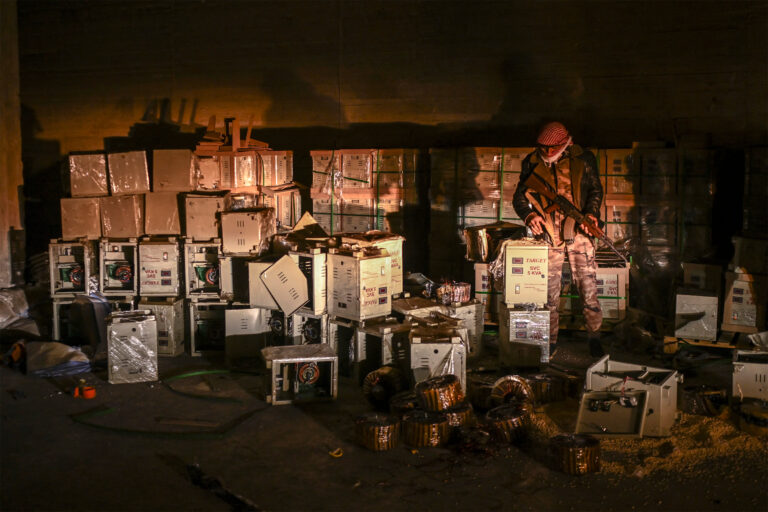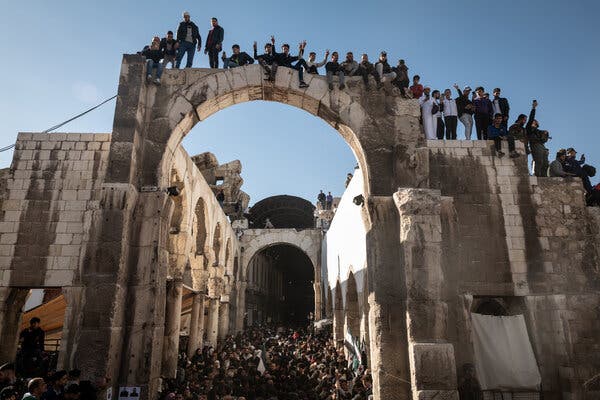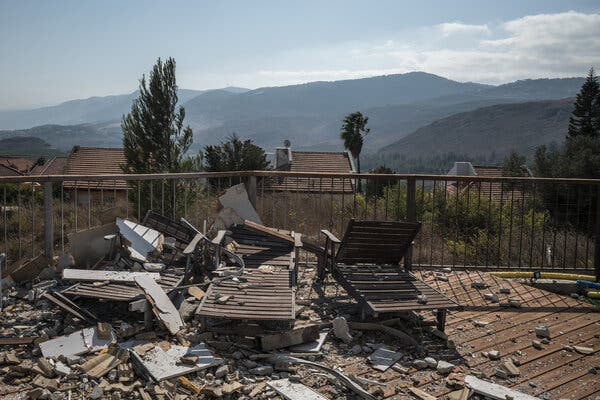The alliance is under scrutiny after the recent Israeli strikes in Lebanon.
Iran’s Network in the Middle East
By Lazaro Gamio
Leer en español
The death of Hassan Nasrallah, the leader of Hezbollah, in an Israeli airstrike last week has focused attention on the armed groups supported by Iran that are dedicated to countering American and Israeli influence in the Middle East.
Here’s what you need to know about the armed groups
- Iran: The anchor
- Hezbollah: The largest nonstate arsenal
- Hamas: A direct link to the Palestinian struggle
- The Houthis: A group that can disrupt shipping routes
- Syria: The government and Iran-backed militias
- Iraqi militias: Focused on attacking U.S. troops
The network that Iran calls the “axis of resistance” includes Hamas, Hezbollah, the Syrian government, the Houthis of Yemen and armed groups in Syria and Iraq.
Iran fostered the groups over decades to enable them to carry out attacks on Israel as well as other countries, such as Saudi Arabia, that Iran has sometimes viewed as enemies. The network also provided Iran with valuable allies on or near Israel’s border that could act as a deterrent against Israeli attacks on Iran itself.
When Hamas led deadly attacks in Israel on Oct. 7, 2023, and Israel responded with a devastating invasion of Gaza, many of the groups carried out their own strikes against Israel or attacked U.S. troops in Iraq and Syria because of Washington’s support for Israel.
Israel has tested the strength of the alliance by carrying out audacious attacks in Lebanon, Syria, Yemen and even Iran itself, where it assassinated a top Hamas leader as axis leaders assembled for Iran’s presidential inauguration.



